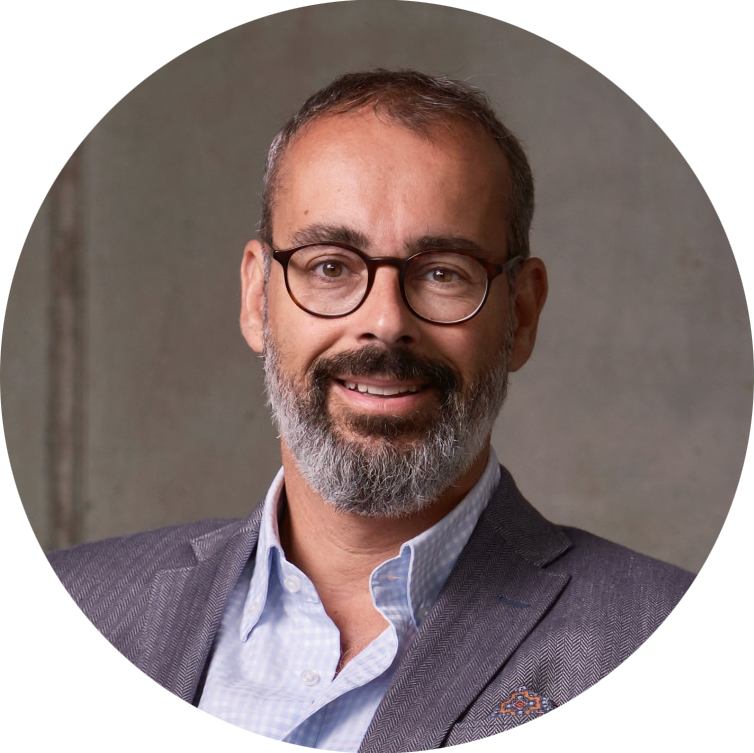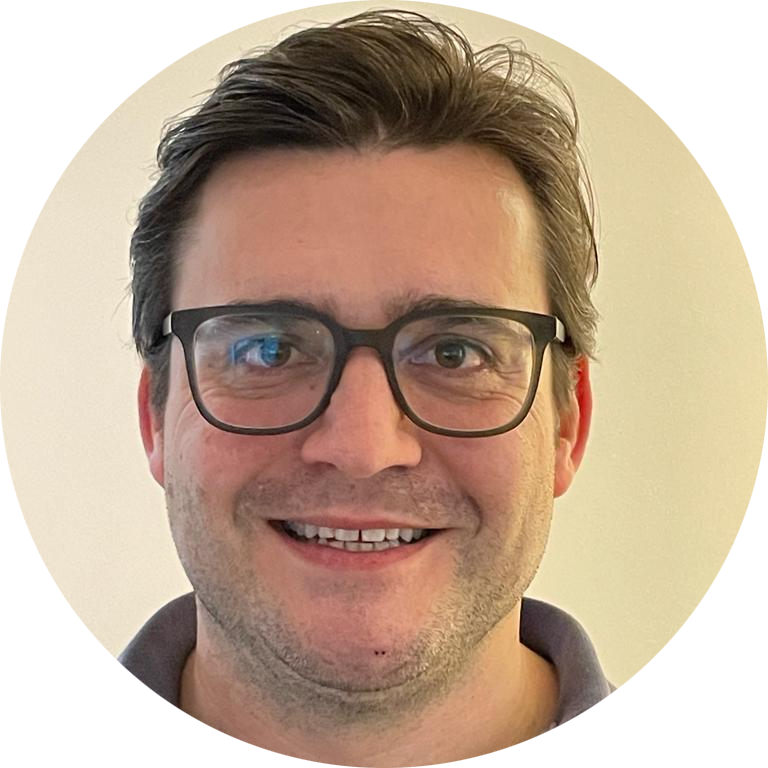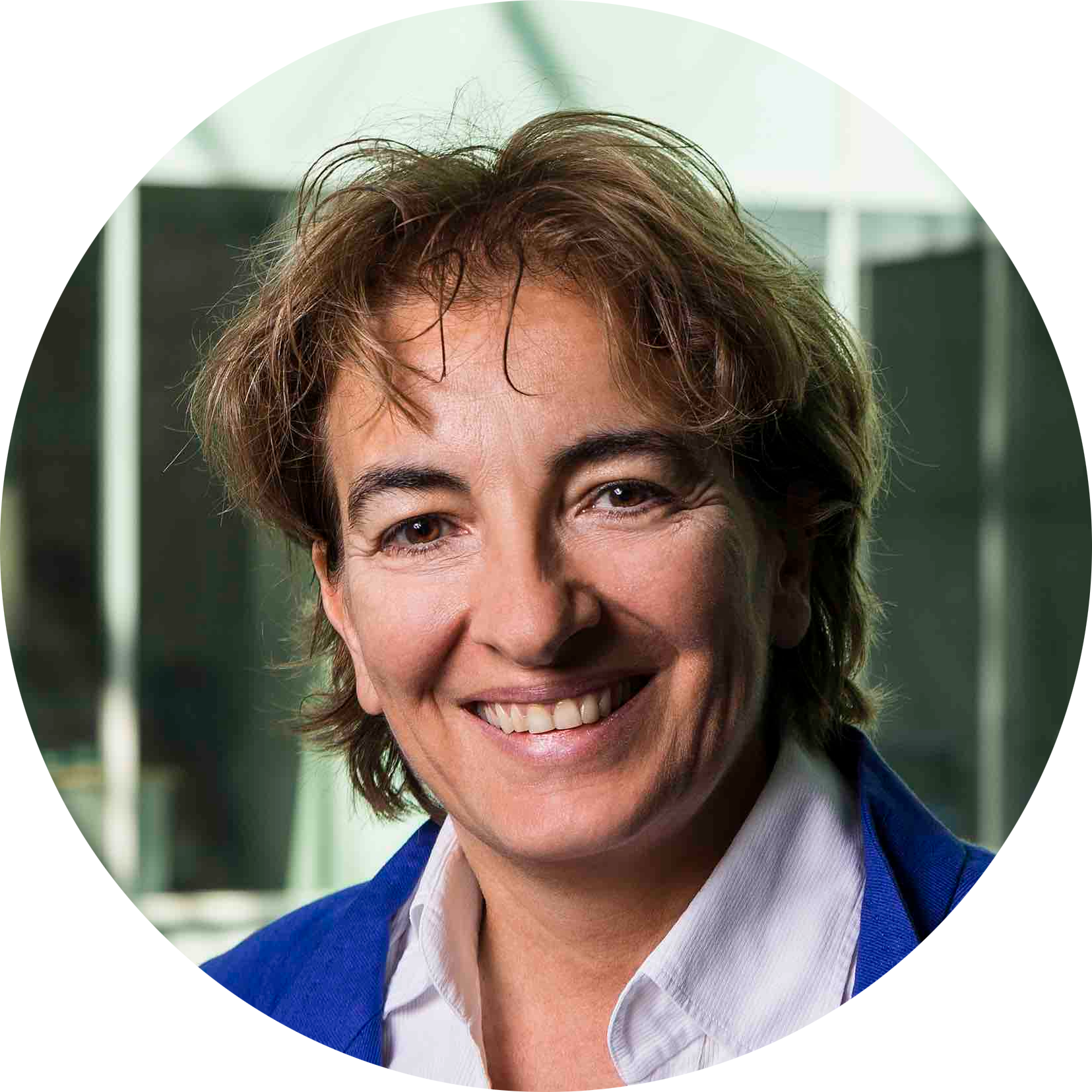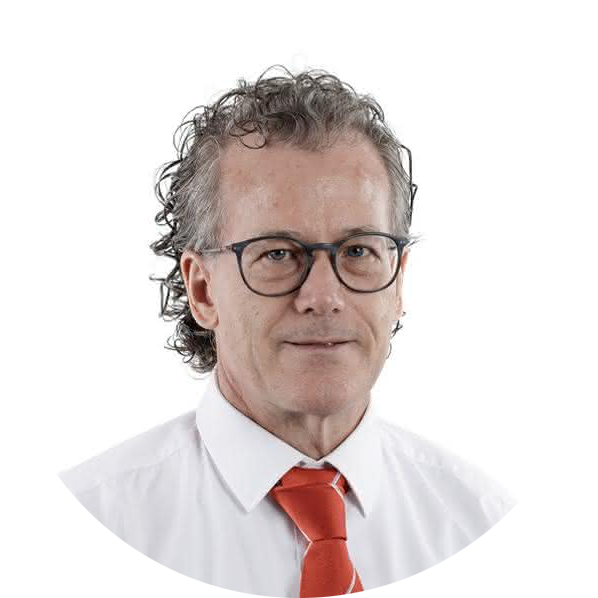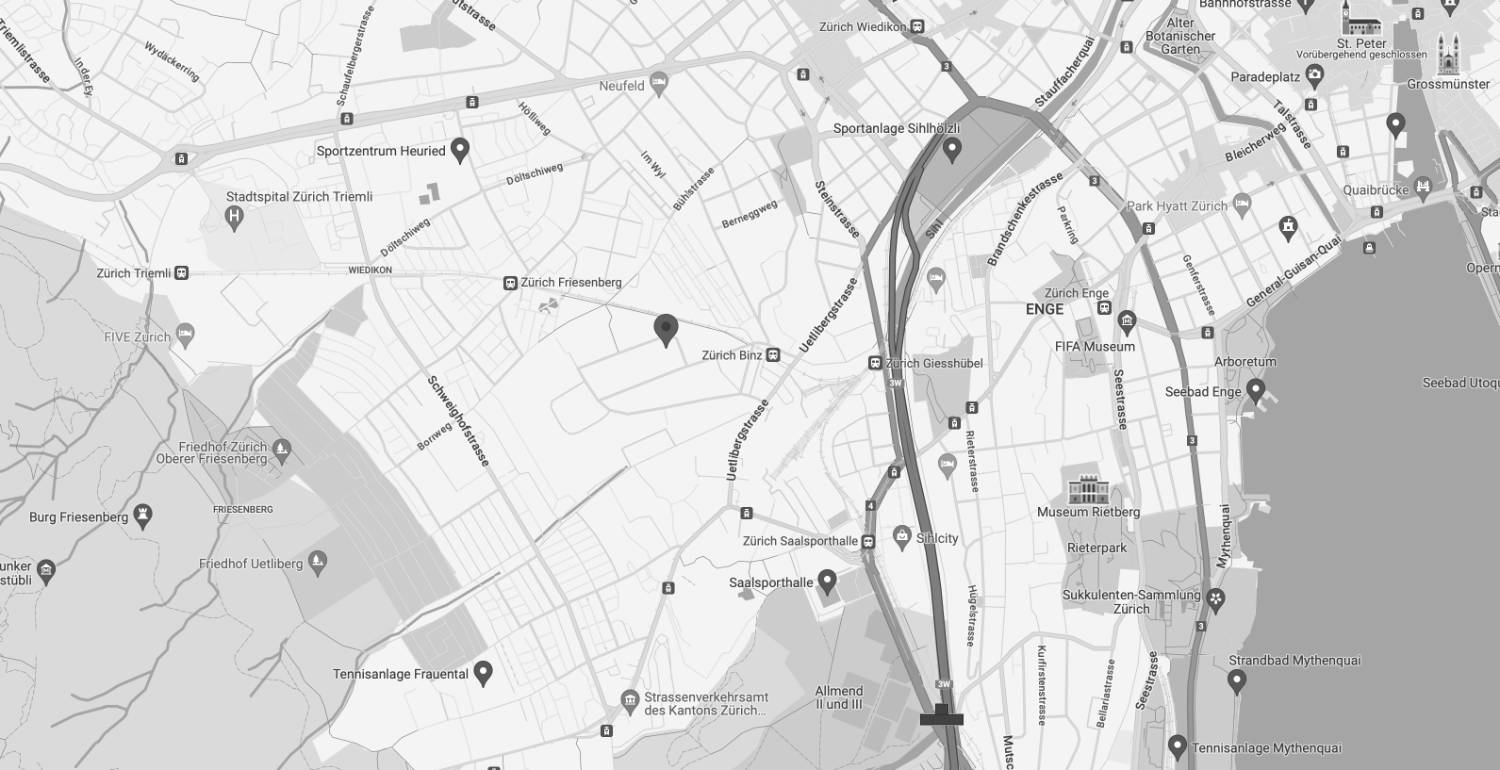The Problem
Recycling of used cars generates waste – residues containing mixed plastics, small metal fragments, and crushed glass, comprising nearly 20% of the car’s weight.
This waste is typically landfilled or incinerated along with municipal solid waste, which not only is expensive, but also causes pollution, carbon emissions and a wastage of resources.


The Solution
Through our groundbreaking proprietary process, we utilize the residues from car recycling as a source of useful raw materials unlocking significant value previously untapped, instead of costly incineration or landfilling. We are in the process of extending our solution to process other similar waste such as electronic scrap and demolition waste plastics.
We propose to deploy this solution as modular Micro Sites that can be ‘dropped-in’ at existing industrial sites where such waste is produced, ensuring minimal waste and maximum resource efficiency.
Our Technology
Step 1 – Metal Recovery
The main constituents of the waste are separated using physical techniques based on the materials’ density and magnetic properties, to produce ‘light’ hydrocarbons from the ‘heavy’ metals. The metals recovered here – steel (Fe), aluminium (Al) and copper (Cu) – would be sold to metal offtakers for further recycling and new metal production. Minerals, including glass, are also recovered for use in cement making.
Step 2 – Photolysis
Our Photolysis process mimics the effects of sunlight on hydrocarbons, effectively disintegrating them into their fundamental constituents: hydrogen and carbon molecules, which can then be utilized to produce new polymers. This enables hydrocarbons, such as car recycling waste, to be recycled akin to metals within a circular economy framework.

Our Plant
The first such plant is being built in Solothurn at the site of the old Papierfabrik, being redeveloped by HIAG and Canton Solothurn, and is expected to be in production in early 2025.
Our Impact
Our solution directly contributes to achieving UN SDG 13 Climate Action by potentially avoiding 6.4 tonnes of CO2 emissions for each tonne of car recycling waste treated instead of incineration. With an estimated global production of 20 million tonnes per year, this translates to ~130 million tonnes of CO2 emissions avoided per year or the annual emissions of 25 million ICE cars from car recycling waste alone.
Add to this another 80+ million tonnes of other mixed plastic waste being incinerated or landfilled, and our potential impact exceeds 500 million tonnes of CO2 emissions avoided per year.

Our Team
Our Advisors
Our Partners
Our Research Partners

Our Venture Partners



